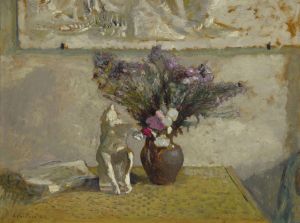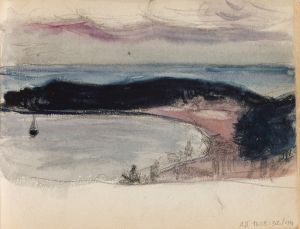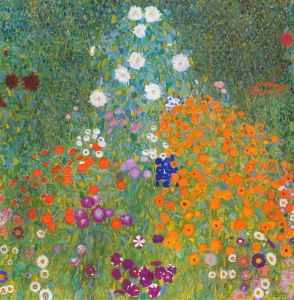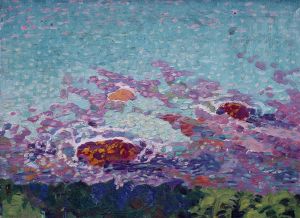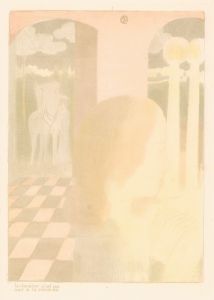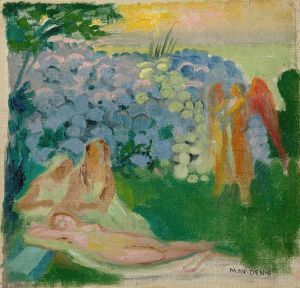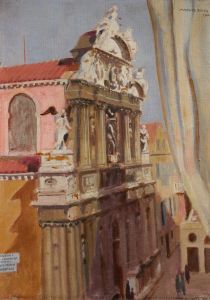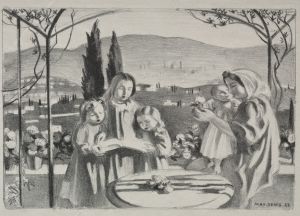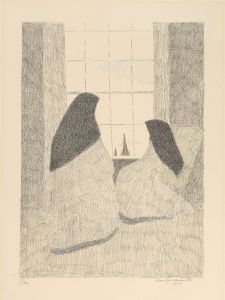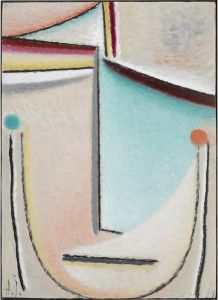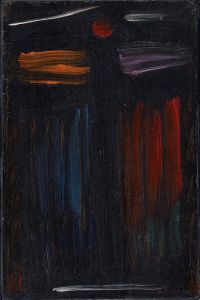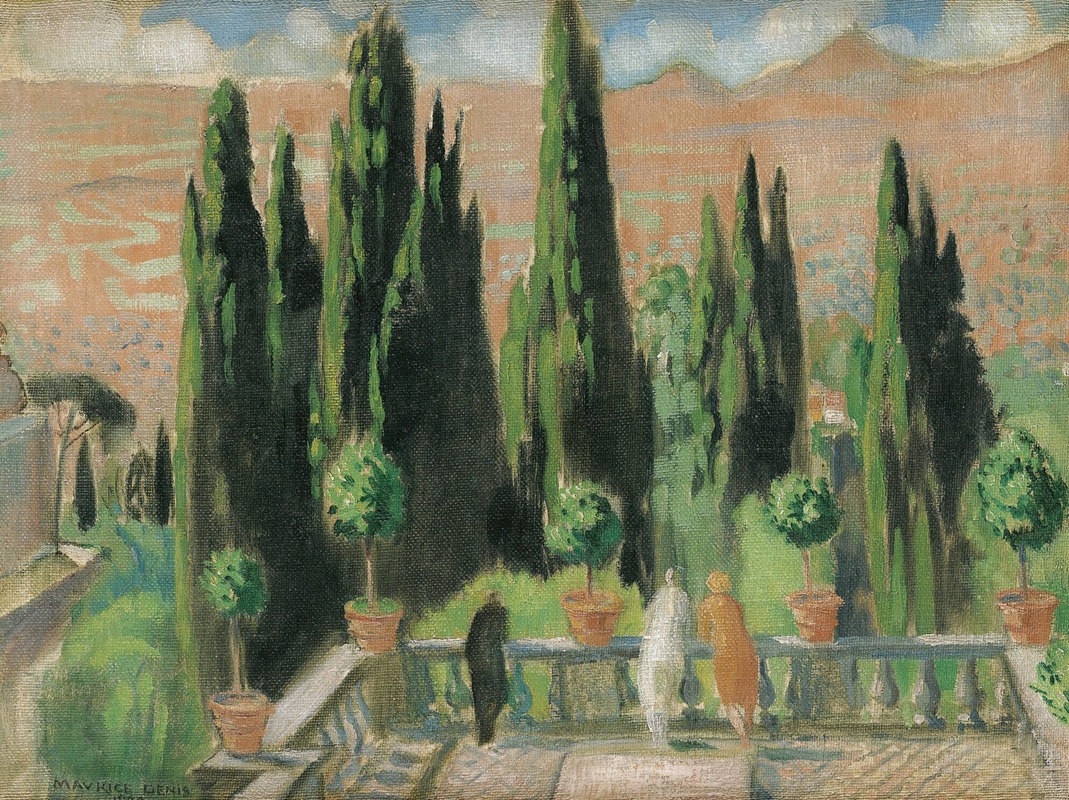
Villa D’este
A hand-painted replica of Maurice Denis’s masterpiece Villa D’este, meticulously crafted by professional artists to capture the true essence of the original. Each piece is created with museum-quality canvas and rare mineral pigments, carefully painted by experienced artists with delicate brushstrokes and rich, layered colors to perfectly recreate the texture of the original artwork. Unlike machine-printed reproductions, this hand-painted version brings the painting to life, infused with the artist’s emotions and skill in every stroke. Whether for personal collection or home decoration, it instantly elevates the artistic atmosphere of any space.
Maurice Denis was a prominent French painter and writer, associated with the Symbolist and Post-Impressionist movements. He was a founding member of the Nabi group, which sought to integrate spirituality and symbolism into art. Denis's work is characterized by its emphasis on color, decorative qualities, and the incorporation of religious and mythological themes.
"Villa D’Este" by Maurice Denis is one of his notable works, capturing the essence of his artistic philosophy. The painting depicts the Villa d'Este, a 16th-century villa in Tivoli, near Rome, Italy. This villa is renowned for its Italian Renaissance garden and its impressive series of fountains, nymphs, grottoes, and music, which have inspired many artists and writers over the centuries.
Denis visited Italy several times, and these trips had a profound impact on his work. The Italian landscape, architecture, and light influenced his artistic style, leading to a series of works that reflect his experiences and impressions of the country. "Villa D’Este" is a testament to this influence, showcasing Denis's ability to capture the serene beauty and historical significance of the location.
In "Villa D’Este," Denis employs his characteristic use of flat planes of color and simplified forms, which are hallmarks of the Nabi movement. The painting is not just a literal representation of the villa and its gardens but also an exploration of the spiritual and emotional resonance of the place. Denis's use of color is particularly noteworthy; he often used a palette that emphasized harmony and balance, which is evident in this work.
The composition of "Villa D’Este" reflects Denis's interest in decorative art and his belief that a painting should be a harmonious arrangement of colors and forms. This approach aligns with the Nabi group's philosophy, which sought to break away from the naturalism of Impressionism and instead focus on the symbolic and emotional content of art.
Denis's work, including "Villa D’Este," played a significant role in the transition from Impressionism to modern art movements such as Fauvism and Cubism. His emphasis on color and form influenced many artists who followed, and his writings on art theory contributed to the development of modernist ideas.
"Villa D’Este" remains an important example of Denis's work and his contribution to the art world. It reflects his ability to blend the real with the symbolic, creating a piece that is both visually appealing and rich in meaning. The painting is a celebration of the beauty of the Italian landscape and an exploration of the spiritual and emotional connections that art can evoke.





